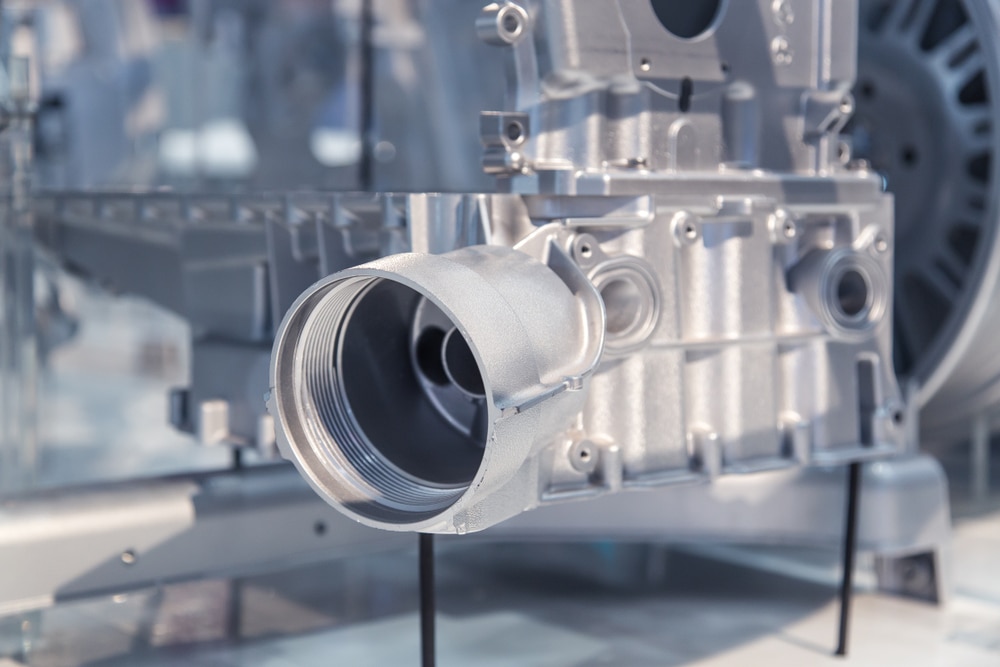Porosity in High Pressure Die Casting and How to Control It
Understanding porosity in high pressure die casting is crucial to producing quality products consistently. Porosity can cause various defects and weak areas in the finished product, leading to costly rework or scrap parts.
Fortunately, it can control porosity by optimizing the design parameters and material processes used during manufacturing. In this blog post, we’ll look at what causes porosity in high pressure die casting and how it can be avoided—including the proper use of metal alloys and effective cooling techniques.
With this information, you’ll be better equipped to ensure your castings will withstand even the most rigorous conditions with minimal defects or flaws.
What causes porosity in high pressure die casting?
Porosity in die casting occurs due to flaws in the design or process that allow gas bubbles to become trapped between the aluminum alloy and cavity walls. This trapped gas can cause indentations, holes, or air pockets on the surface or within a die-cast part.
The most common causes of porosity are:
- Poor venting: If the vents in the die cavity do not adequately release gasses from the castings.
- Inadequate mold filling: If the material does not move fast enough, it can create voids in the casting.
- Improper alloy selection: Using an alloy with excessive oxygen or sulfur content can increase the likelihood of porosity.
- Improper mold design: A mold design with sharp corners or complex shapes can increase the risk of porosity.
- Low metal temperature: Low temperatures can cause bubbles to form in the molten material.
How to control porosity in high pressure die casting?
The best way to avoid porosity is by adequately controlling the die casting process. Several steps can be taken to ensure your castings come out with minimal porosity:
- Properly vent the casting: Use the correct size, number of vents, and proper location.
- Use a pressure-resistant alloy: Make sure to use an alloy with suitable properties for the job.
- Increase injection speed and pressure: This will reduce the number of air bubbles that form and prevent them from getting trapped in the metal.
- Use proper cooling techniques: This will reduce the amount of shrinkage and strain in the casting, preventing porosity.
Cast with Confidence
Porosity is one of the most common issues in high pressure die casting, but it can be avoided with the right processes and materials. By following the steps outlined above, you can ensure that your castings come out with minimal porosity and maximal structural integrity.
At DyCast Specialties Corporation, we have years of experience with high pressure die casting and are committed to producing quality parts that exceed your expectations. Contact us today to learn more about our services or get a quote on your next project. We look forward to working with you!

